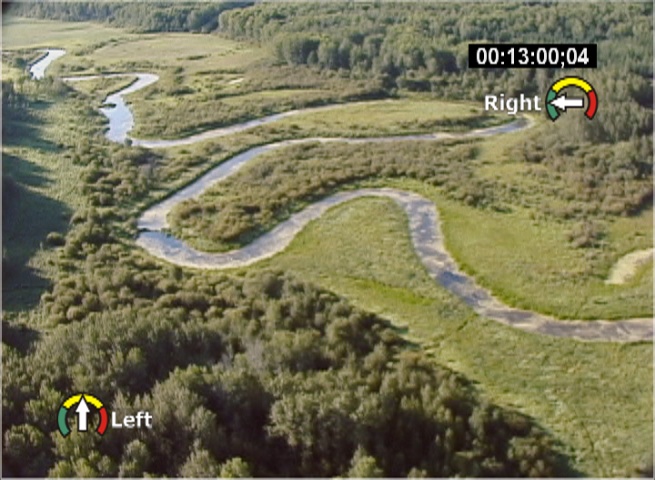In 2008, a workshop was held by the BRWA in order to establish priorities for healthy aquatic ecosystems in the watershed. Key stakeholders provided feedback about the direction that the BRWA should take in maintaining and improving the state of the basin’s aquatic resources. The result of this workshop was a four-pronged approach to ecosystem health management:
- Establish a regional aquatic ecosystem health assessment plan;
- Work with municipalities to enhance the watershed;
- Develop an ecosystem protection and restoration plan;
- Communicate with watershed residents on progress and priorities.
The first of these recommendations led directly to the Aquatic Ecosystem Health Assessment (AEHA) initiative. This component of the plan has involved a number of field and desktop studies aimed at establishing baseline health conditions for each sub-watershed. Key projects include:
Index of Biological Integrity
Aerial Riparian Survey
Drivers of Lake Water Quality in the Beaver River Watershed
Index of Aquatic Ecosystem Vulnerability
Index of Biological Integrity
The Alberta Conservation Association (ACA) who provided their expertise, experience, and qualified crew of field technicians and scientists to complete the necessary field work and reporting to create a Fish Conservation Index, A Fish-based Index of Biological Integrity for Assessing Ecological Condition in the Beaver River watershed (2012). In addition to studying fish communities, water chemistry and local habitat features are also included as part of the study. Sampling sites were distributed throughout the watershed along the mainstem of the Beaver River and its major tributaries (Sand River, Amisk River) and were selected based on disturbance levels (low to high) and accessibility. 
Riparian Assessment of the Beaver River
Ensuring a healthy aquatic ecosystem is one of the Beaver River Watershed Alliance’s main objectives. To do this, it is important to understand the current state of aquatic ecosystem health, define what is meant by “healthy” and come up with actions to repair, maintain or enhance the aquatic ecosystem. Riparian (shoreline) areas are vital ecosystems for rivers and lakes. A healthy riparian area is home to many species of fauna and flora; these areas also protect water bodies against erosion and pollution from runoff. In 2012, a survey of the Beaver River’s shoreline (from Beaver Lake to the Saskatchewan border) was carried out by Walker Environmental for the BRWA.

The footage was analyzed to determine the overall health of riparian areas on the river’s main stem. It was found that just over half of the river’s riparian areas are considered healthy, while the remainder is either somewhat or very impaired.
A description of the methodology and resulting analysis and maps are available here and here. Please contact the Program Manager for more information or for a copy of the DVDs.
Drivers of Lake Water Quality
A study was conducted to identify the key factors affecting water quality in lakes in the Beaver River watershed. Both natural landscape features and human disturbance indicators were assessed. In general, both natural landscape factors, such as lake depth and watershed size, as well as human disturbance factors, such as agricultural intensity other land uses, were significantly related to nutrients, ions and metals in lakes. The final report is available here.
Index of Aquatic Ecosystem Vulnerability
In 2014, BRWA initiated the Index of Aquatic Ecosystem Vulnerability (AEV) project, with funding from Alberta Environment and Parks. The goal of the project was to develop a method to assess the status of ecosystem health in the watershed based on a series of key indicators. The intent of the index is to be used on an on-going basis to support watershed management planning in the Beaver River Watershed. Indicator categories included in the index are: Sensitive lake waterbirds, lake water quality and stream water quality and fish community suitability. The ultimate outcome was to create a standardized index that can be used over time to monitor, report, and run scenarios on the state of aquatic ecosystem health in the Beaver River Watershed. The final report is available here.
